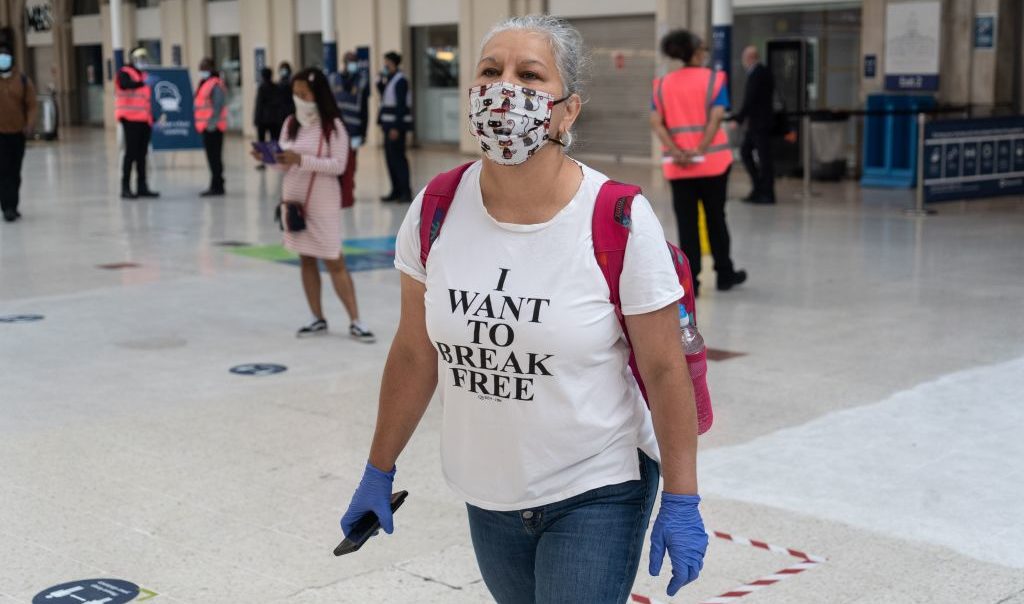I learned a new word today: inoculum (in-KNOCK-yew-lum).
It’s a medical term for the amount of a virus or bacterium one gets infected with (or, in the case of a vaccine, deliberately inoculated with).
We know that with some disease-causing organisms the size of the inoculum makes a crucial difference to whether one getS sick or not, and how badly. The big question right now is the extent to which this applies to Covid-19. As yet, we don’t have all the answers (experimenting on people with different doses of a novel and deadly pathogen is ever-so-slightly unethical).
However, this uncertainty is precisely why we ought to take sensible precautions. We should, of course, try to avoid infection altogether. But, failing that, we should do what we can to downsize the viral dose we get hit with — and thus give our bodily defences a fighting chance.
A new paper from a team led by Monica Gandhi of the University of California (h/t @post_liberal) suggests that mask-wearing could be important in this regard — producing benefits not just for those who might otherwise be infected by the mask wearer, but also for the mask wearer him-or-herself — by helping to reduce the “viral inoculum”.
One of the most intriguing pieces of evidence in the paper is from a comparison of what happened aboard the Diamond Princess with a more recent cruise ship outbreak (in which N95 masks were issued to passengers and crew):
Throughout the pandemic there’s been conflicting evidence as to the virulence of the disease. Infection fatality rates (and, less grimly, the chances of asymptomatic infection) appear to vary from time-to-time and place-to-place. That has been put down to various factors including differences in demographic composition and medical treatment. But contextual variations in just how much virus people get infected with may prove to be the most important factor.
That’s something that the lockdown sceptics ought to think about. If they’re right, and the virus can’t be eradicated, then our best hope (short of a vaccine) is a build-up of immunity in the population through asymptomatic or slightly symptomatic exposure to the virus. In which case, the inoculum issue would become central to the strategy.
The sceptics will never persuade us to ‘live with’ the virus unless they can explain how we won’t have to live (and quite possibly die) with too much of it.
So how about a bit more open-mindedness on masks?











Join the discussion
Join like minded readers that support our journalism by becoming a paid subscriber
To join the discussion in the comments, become a paid subscriber.
Join like minded readers that support our journalism, read unlimited articles and enjoy other subscriber-only benefits.
Subscribe